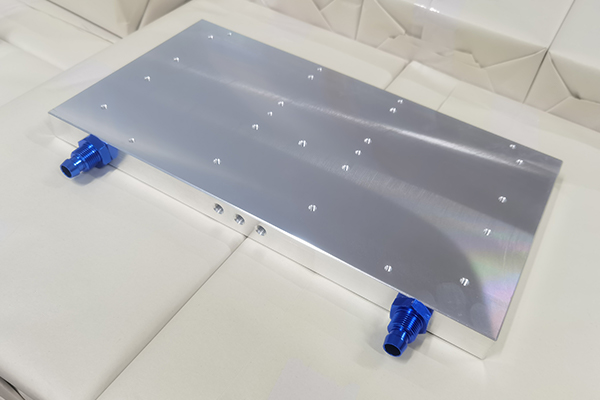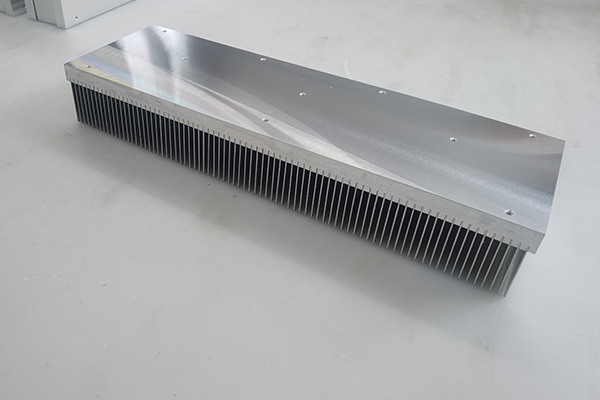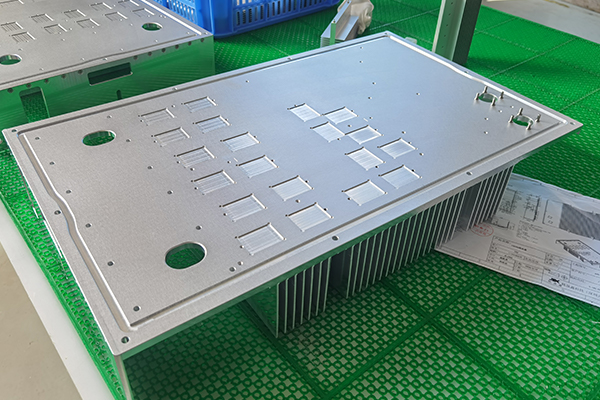In order to choose the right heat sink for cooling electronic applications, it is useful for engineers to understand the definitions, uses and advantages of the different types of heat sinks. Here are some guidelines on the types of heat sinks that are commonly used in conjunction with heat pipes and soaking plates. They vary depending on air flow, materials, water use, and manufacturing processes.

Passive radiators are those that do not rely on forced air flow (fans) and are considered more reliable than active solutions. A good example is a radiator that doubles as an enclosure for a device. In this example, heat moves from one or more heating parts to one or more housing walls. These walls typically have arrays of fins that are exposed to external ambient air.

A radiator assembly with a power device such as a fan or blower next to the surface of the heat exchanger is an active radiator. These also include radiators that rely on pumping liquid to remove latent heat from the heat source. Since active radiators rely on forced air passing through the fin area, they are more efficient, which means a smaller and lighter radiator design.
